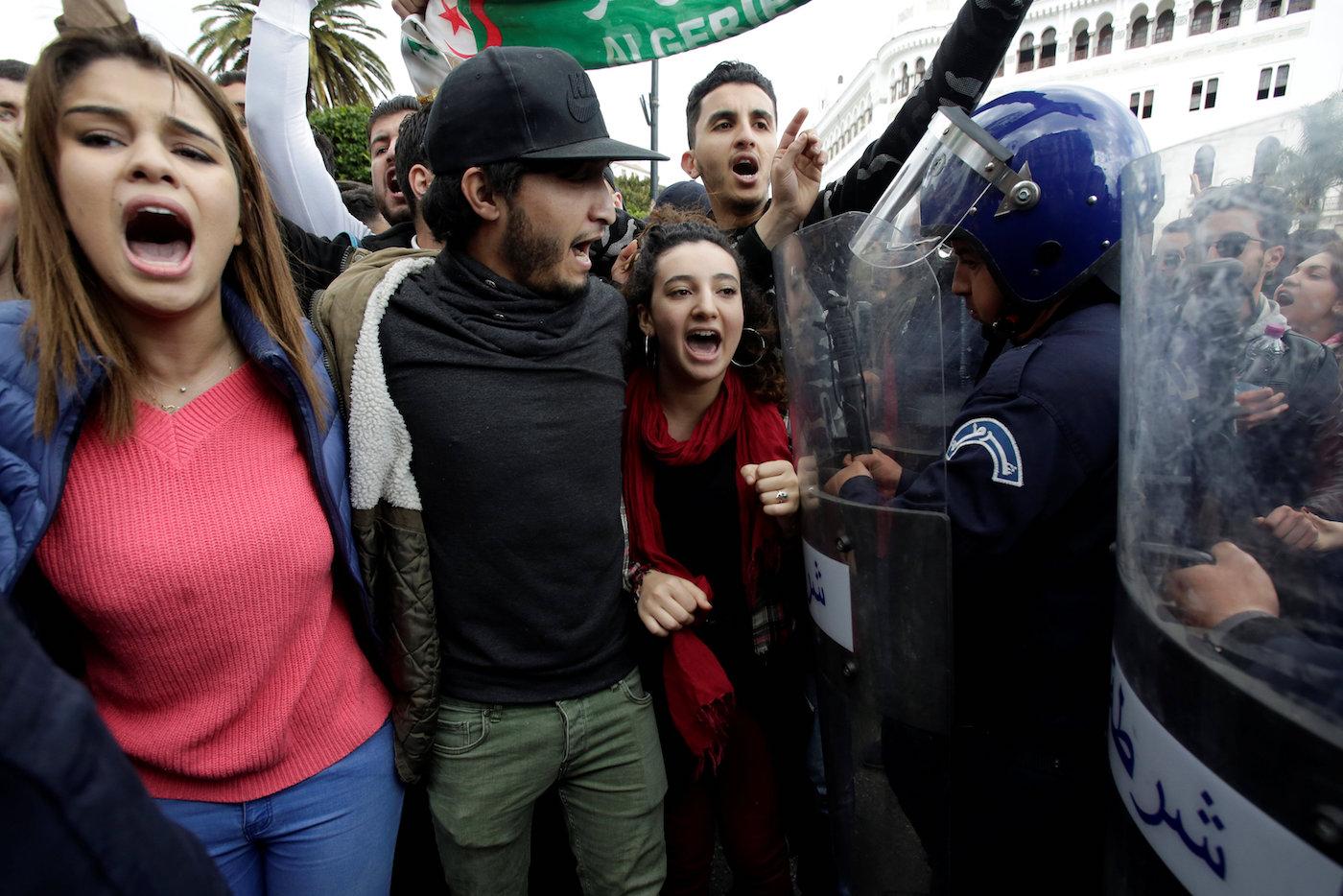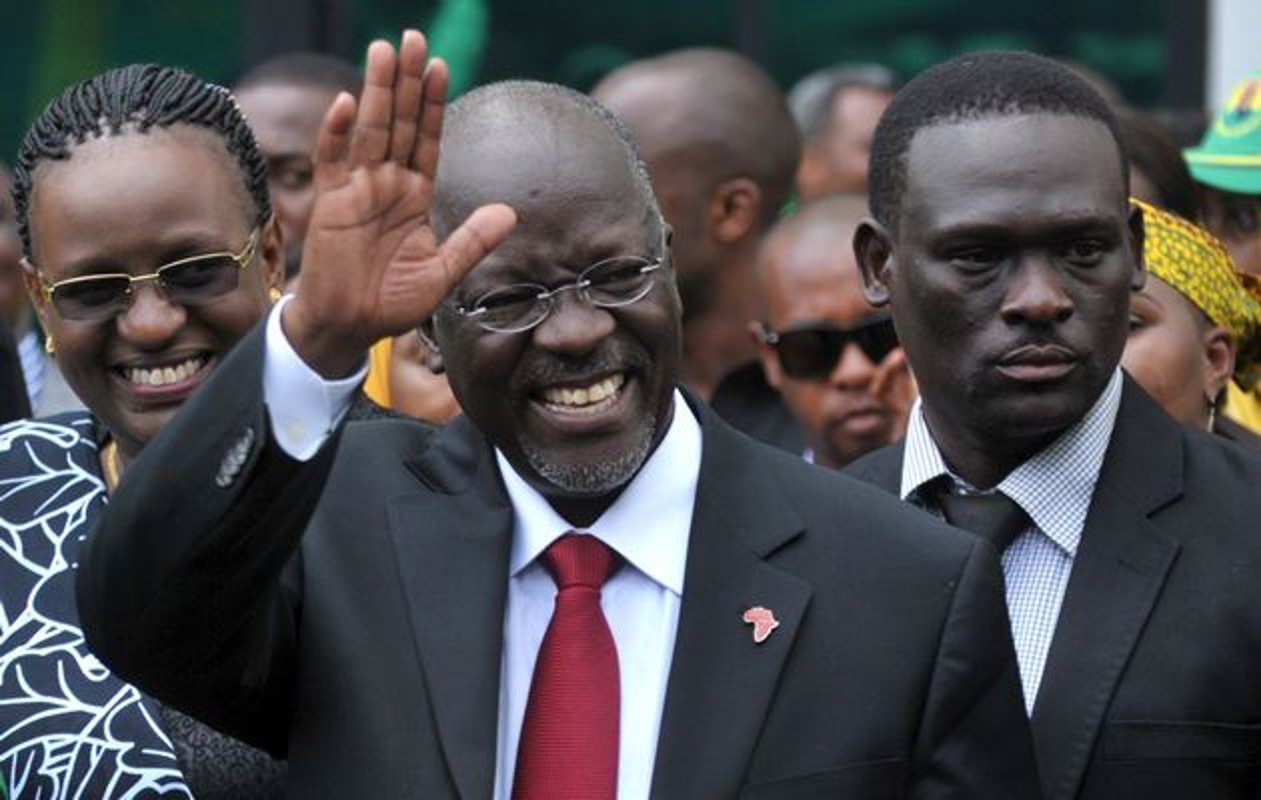The November 3 US Presidential Elections, an election which will hold amidst a global pandemic, has easily become the most anticipated election of 2020. The electoral politics of the United States of America has been largely dominated by two parties, the Republican and the Democrat. The two candidates have launched interesting campaigns since the season started but there is so much more that attracts interest around elections in 2020.
Pre-Election Day Vote Is Already 68% of 2016 ballots cast: Early voting started since September in some states across the US, ahead of the November 3 Elections on. As of the 2nd of November, more than 94 million Americans had voted early – either by post or in person, more than the total number of early votes cast in the 2016 election with California, Texas and Florida having the highest votes so far. The proliferation of this kind of votes is largely due to the COVID-19 pandemic.
Elections to Congress will Hold Simultaneously: All 435 seats in the House are up for election this year as well, while 33 Senate seats are also up for grabs. Elections to congress will hold alongside ballots that will be cast for the presidency.
The Presidential Manifestos
Donald Trump: Incumbent President and candidate for the Republican Party has eight items on his agenda for second term in office and they revolve around bring back the economy, boosting jobs, and protect US trade interests. Mr Trump specifically wants to:
Bring back the pandemic-battered economy
End the ‘reliance’ on China and protect US manufacturing
Sustain the ‘America First’ watch word and reassert US sovereignty
Build the wall and curb immigration
Lower drug costs, and terminate the Affordable Care Act
Promote US energy
Create a Database to trace police misbehaviour
Defend the Second Amendment
Joe Biden – The list for Democratic candidate, Joe Biden revolves around Race, Climate Change and Boosting Jobs. What are Mr Biden’s priority areas for office?
A national test and trace programme
Raise minimum wage and invest in green energy
Criminal justice reform, grants for minority communities
Rejoin global climate accord
Restore America’s reputation… and maybe take on China
Expand Obamacare
Undo Trump’s immigration policies
Universal pre-school, expand free college
How US Elections Work:
By law, elections hold on the first Tuesday after 1 November, early voting is allowed in some states with voting starting as early as 45 days to elections in some states. However, when voters fill out ballots or voting slips they are technically not voting for their choice of president but voting indirectly through state electors known as the Electoral college. There are a total of 538 electors across the country and what they do is essentially create 51 mini elections representing each of the 50 states in the US and the capital, Washington DC. Each state gets a certain number of electoral college votes partly based on its population. A candidate needs an absolute majority of 270 or more to become president. If no candidate gets the required 270 electoral college votes, then a contingent election takes place – where the lower chamber of the United States Congress, votes for the president


